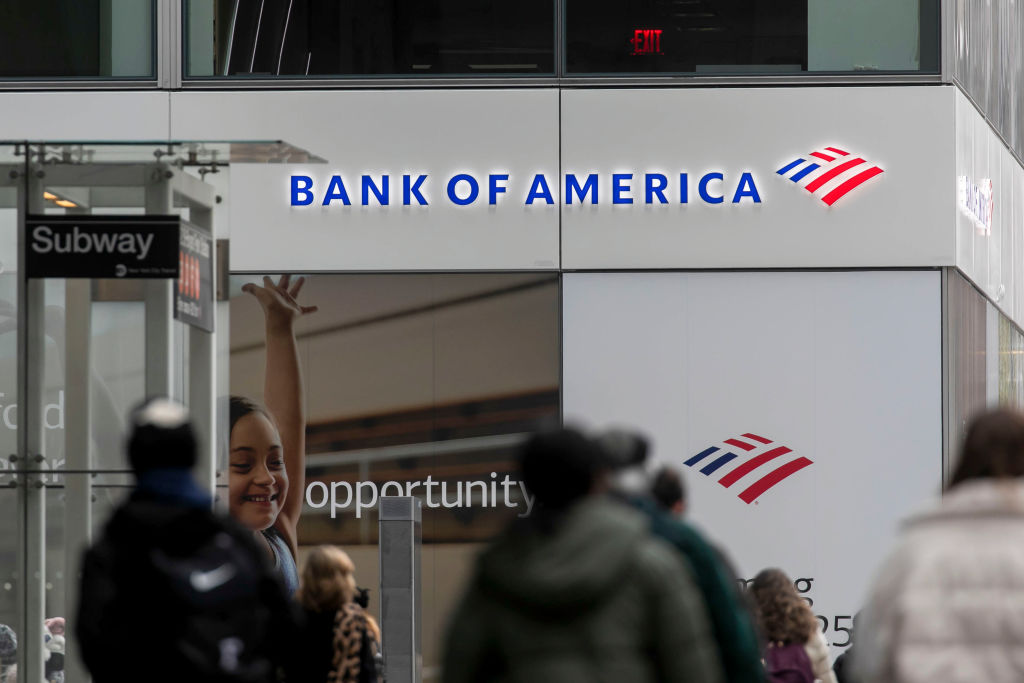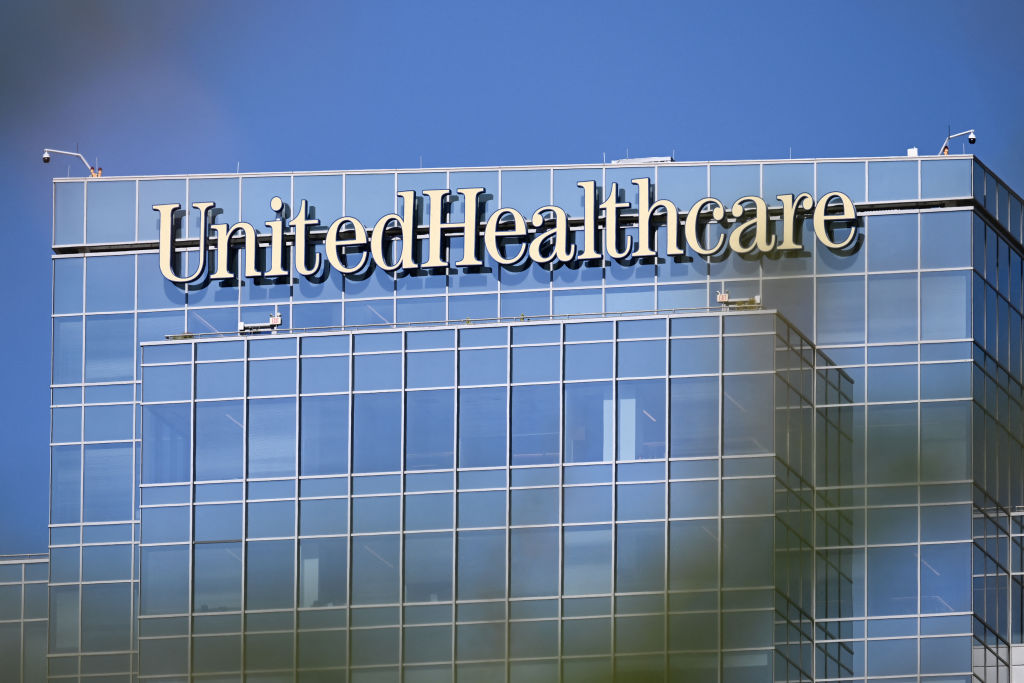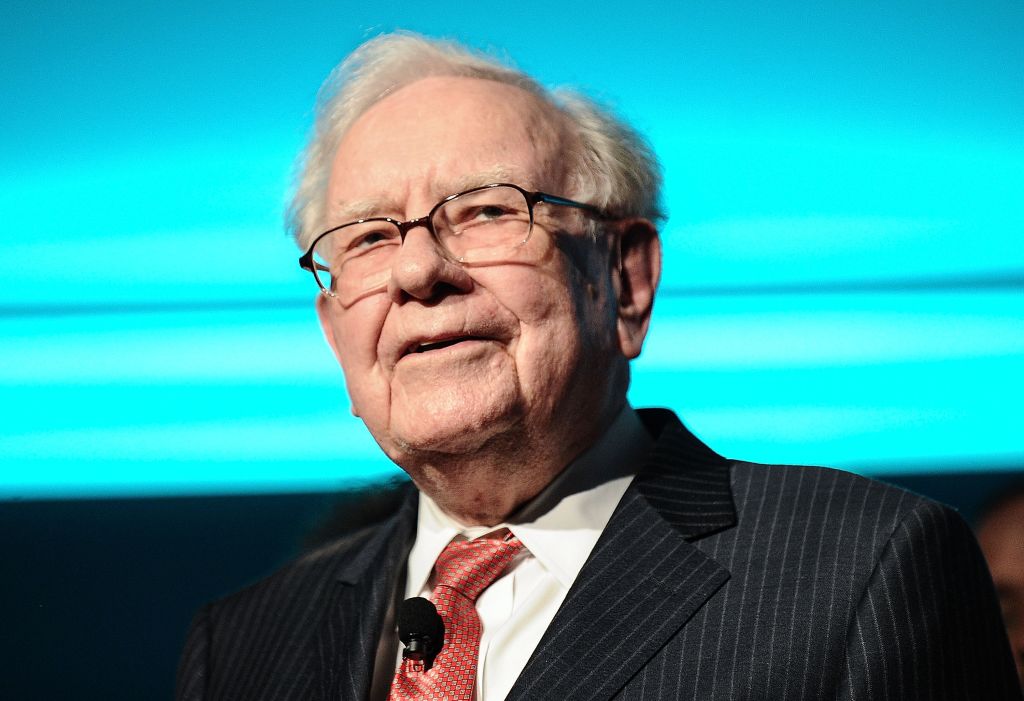4 Risks That Could Topple the Stock Market
Higher interest rates, continued bipartisan lollygagging and other factors may trip up the current bull market.

The four-year-old bull market appears to have plenty of life left. From the bear market's bottom in March 2009 through February 1, Standard & Poor's 500-stock index returned a sturdy 143% (or 26% annualized). And yet, stocks still represent good value, selling at an average of just 13 times next year's estimated earnings, below the ten-year average of just over 14. Market strategist Ed Yardeni thinks the S&P 500 could close at 1665 by year-end, a 10% gain from its February 1 close.
But that doesn't mean stocks won't pause or even stumble along the way. Here are the key risks that could derail the market.
1. Irrational Exuberance
Given the stock market’s sharp advance since mid November, a pullback of 5% to 10% could occur at any time. Such retreats occur in the normal course of bull-market sprints. But if stocks keep rising too far too fast — say, the Dow Jones industrial average sails well beyond 15,000 by midyear — then a deeper pullback could ensue as fears of another bubble emerge.
From just $107.88 $24.99 for Kiplinger Personal Finance
Become a smarter, better informed investor. Subscribe from just $107.88 $24.99, plus get up to 4 Special Issues

Sign up for Kiplinger’s Free Newsletters
Profit and prosper with the best of expert advice on investing, taxes, retirement, personal finance and more - straight to your e-mail.
Profit and prosper with the best of expert advice - straight to your e-mail.
2. Global Uncertainty
Crisis fatigue and austerity backlash in the euro zone could undermine aid for struggling countries, such as Greece, and reignite Europe’s financial crisis. If China’s annual growth rate drops far below its expected 8%, it could put a serious dent in the global economy. Plus, turmoil in the Arab world makes the always worrisome Middle East more dangerous than usual.
3. Rate Squeeze
The Federal Reserve says it won’t consider hiking interest rates until the jobless rate drops to 6.5%. That might not happen until 2015. But strong growth in payrolls (or other signs of an overheated economy) or a surge in inflation (oil prices are up $10 per barrel since November) could bring higher rates sooner. So could a change in policy when chairman Ben Bernanke steps down in 2014.
4. Fiscal Woes
If ongoing debate in Washington, D.C., is marred by budgetary brinksmanship, and a deeply divided government keeps lurching from one crisis to another, confidence in the U.S. economy could be undermined, America’s debt rating could again be downgraded, and the stock market could take a shellacking. Leaving too much unsettled will heighten uncertainty, which investors hate.
Profit and prosper with the best of Kiplinger's advice on investing, taxes, retirement, personal finance and much more. Delivered daily. Enter your email in the box and click Sign Me Up.

Anne Kates Smith brings Wall Street to Main Street, with decades of experience covering investments and personal finance for real people trying to navigate fast-changing markets, preserve financial security or plan for the future. She oversees the magazine's investing coverage, authors Kiplinger’s biannual stock-market outlooks and writes the "Your Mind and Your Money" column, a take on behavioral finance and how investors can get out of their own way. Smith began her journalism career as a writer and columnist for USA Today. Prior to joining Kiplinger, she was a senior editor at U.S. News & World Report and a contributing columnist for TheStreet. Smith is a graduate of St. John's College in Annapolis, Md., the third-oldest college in America.
-
 The Stoic Retirement: Ancient Wisdom for Today's Reality
The Stoic Retirement: Ancient Wisdom for Today's RealityA "Stoic retirement" doesn't mean depriving yourself. It's a character-based approach to life and aging that can bring calm and clarity.
-
 My Teen Crashed His Car and Now Our Insurance Has Tripled. What Now?
My Teen Crashed His Car and Now Our Insurance Has Tripled. What Now?Dealing with the costly aftermath of a teen car accident is stressful. Here are your options for navigating it.
-
 11 Outrageous Ways To Spend Money in Retirement
11 Outrageous Ways To Spend Money in RetirementWhether you have excess cash to spend or want to pretend, here’s a look at 11 ridiculous ways retirees can splurge.
-
 If You'd Put $1,000 Into Coca-Cola Stock 20 Years Ago, Here's What You'd Have Today
If You'd Put $1,000 Into Coca-Cola Stock 20 Years Ago, Here's What You'd Have TodayEven with its reliable dividend growth and generous stock buybacks, Coca-Cola has underperformed the broad market in the long term.
-
 If You Put $1,000 into Qualcomm Stock 20 Years Ago, Here's What You Would Have Today
If You Put $1,000 into Qualcomm Stock 20 Years Ago, Here's What You Would Have TodayQualcomm stock has been a big disappointment for truly long-term investors.
-
 If You'd Put $1,000 Into Home Depot Stock 20 Years Ago, Here's What You'd Have Today
If You'd Put $1,000 Into Home Depot Stock 20 Years Ago, Here's What You'd Have TodayHome Depot stock has been a buy-and-hold banger for truly long-term investors.
-
 If You'd Put $1,000 Into Bank of America Stock 20 Years Ago, Here's What You'd Have Today
If You'd Put $1,000 Into Bank of America Stock 20 Years Ago, Here's What You'd Have TodayBank of America stock has been a massive buy-and-hold bust.
-

 If You'd Put $1,000 Into Oracle Stock 20 Years Ago, Here's What You'd Have Today
If You'd Put $1,000 Into Oracle Stock 20 Years Ago, Here's What You'd Have TodayORCL Oracle stock has been an outstanding buy-and-hold bet for decades.
-
 If You'd Put $1,000 Into Sherwin-Williams Stock 20 Years Ago, Here's What You'd Have Today
If You'd Put $1,000 Into Sherwin-Williams Stock 20 Years Ago, Here's What You'd Have TodaySherwin-Williams stock has clobbered the broader market by a wide margin for a long time.
-
 If You'd Put $1,000 Into UnitedHealth Group Stock 20 Years Ago, Here's What You'd Have Today
If You'd Put $1,000 Into UnitedHealth Group Stock 20 Years Ago, Here's What You'd Have TodayUNH stock was a massive market beater for ages — until it wasn't.
-
 If You'd Put $1,000 Into Berkshire Hathaway Stock 20 Years Ago, Here's What You'd Have Today
If You'd Put $1,000 Into Berkshire Hathaway Stock 20 Years Ago, Here's What You'd Have TodayBerkshire Hathaway is a long-time market beater, but the easy money in BRK.B has already been made.